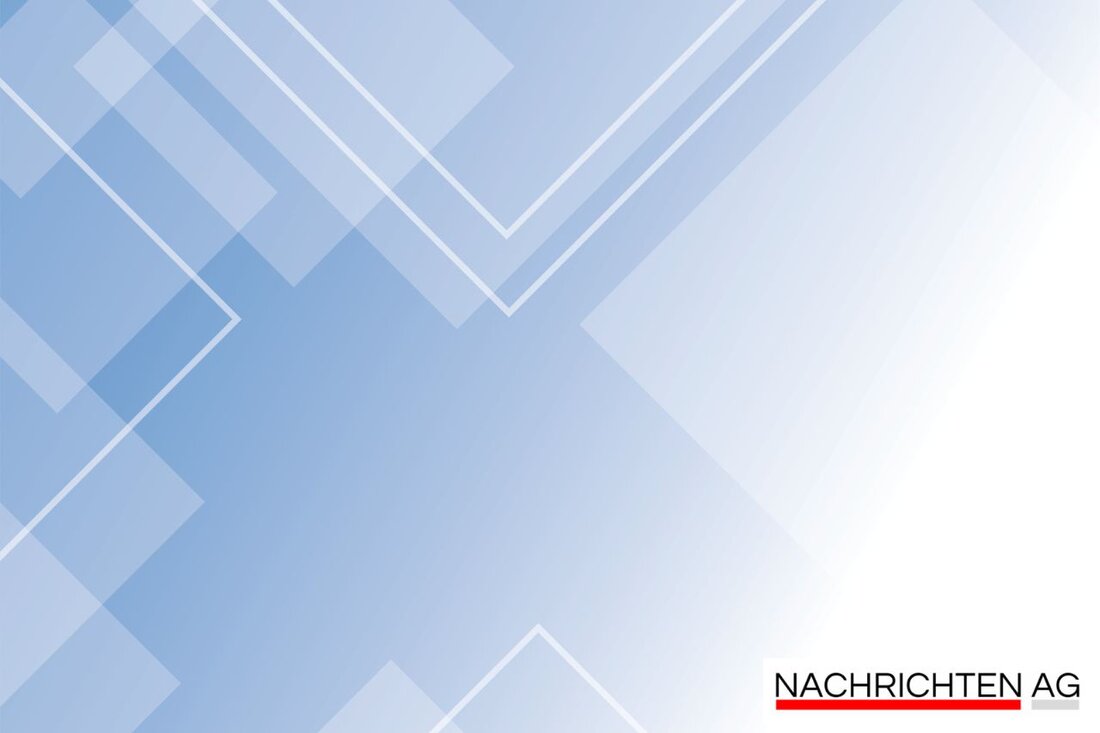The future of the fruit harvest: Sensors conquer the plantations 2025!
The future of the fruit harvest: Sensors conquer the plantations 2025!
In modern agriculture, the use of technology has become indispensable, and sensor -based analysis has proven to be a real gamuchang. Today, on July 21, 2025, the development in the field of precision agriculture shows that over 70% of orchards will rely on sensor -based methods to use their resources more efficiently and optimize irrigation. According to Farmonaut , the processing of sensor data in these areas will increase by impressive 150% up to this year. The future of the agricultural economy is therefore shown in real -time analyzes that enable well -founded decision -making.
But what exactly does this technology bring for farmers? The answer is complex: sensors provide continuous data on soil moisture, temperature and nutrient content, and thus enable precise monitoring and management. The market for agricultural analysis is expected to exceed USD 2.6 billion, which shows how important innovative solutions are in fruit production. In addition to the improved harvest forecast, sensor -based analysis also helps to use water, fertilizer and pesticides in a targeted and sustainable manner.
technological progress and pioneering roles
The technologies that drive this progress are diverse. IoT-capable sensors collect data, while satellite and drone images ensure the monitoring of fields. bidt emphasizes that methods such as GNSS are decisive for precise position determination and climatic data through strawening upachment satellites for a differentiated analysis. The combination of AI and cloud-based platforms enables user-friendly data visualization that helps farmers to optimize their decisions.
Despite the enormous potential, there are also challenges. Many farmers are faced with high initial investments and the complexity of data management. An analysis shows that without technical expertise and constant internet connection in remote areas often stops. In order to implement the full advantages of precision agriculture, such hurdles must be overcome.
keep an eye on the big picture
Current development fits into the larger context of Agriculture 4.0 and 5.0, whereby the focus is on people and creative solutions. The digital transformation enables more efficient resource use and increases productivity, which can contribute to global nutritional security. Farmers can achieve greater flexibility through the use of autonomous decision systems and improved IoT platforms.
A look into the future takes up interesting questions: What could be the next steps in sensor -based analysis? The vision of fully integrated systems that also meet regulatory requirements is in the room. Opportunities to use blockchain for traceability are only one example of how technology can strengthen trust in agricultural products.
In total, these developments show us that sensor -based analysis is not only a short -term solution, but also requires a fundamental rethink in agriculture. From improved harvest quality to sustainable cultivation methods - the future belongs to those who are willing to use the full potential of the technologies.| Details | |
|---|---|
| Ort | Es ist keine spezifische Adresse oder ein Ort des Vorfalls im gegebenen Text enthalten. |
| Quellen | |


Kommentare (0)